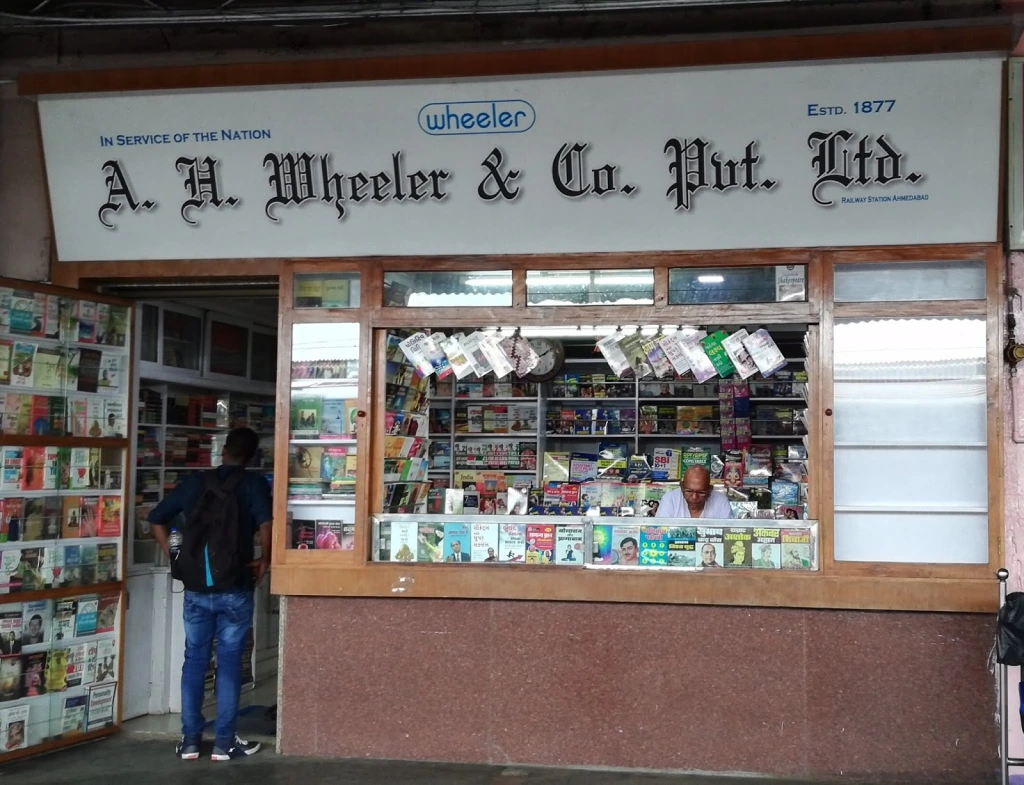The Collaborative- 3-Box Model – Framework for Building Global, Local And Personal Brands

The Collaborative Three-Box approach enables how global and regional teams need to collaborate for the good of the brand.
This is a confusing world. Customers talk about having a global outlook. There is a strong sense of being localised in tastes and, along with it, asserting a need to be personalised. There’s no way for brands to ignore the increasing relevance of local distinctions and the driving demand for individualised experiences, no matter how close to the globe they seem.
These three factors of increased globalization, localization, and personalization can sometimes make it difficult for global brands to function in local economies. So how do global companies establish powerful brands? As the globe grows more interconnected, local distinctions are being guarded against. Brands must show consideration for regional, country-specific or even state-specific preferences. Customers are wary of uniformity and homogeneity, which they see as an invasion of their privacy. Personalization honours each of us as unique individuals: it recognises and respects their uniqueness.
The Collaborative Three-Box Model is a new way to market that helps businesses grow and stay profitable.
There have been many paradigm shifts in global branding strategy, starting with the
- The One Box Model: a globally standardised approach When British Airways launched its worldwide tagline, “The World’s Favourite Airline,” in 1989, it employed this model. Local markets were expected to simply carry out orders from the corporate headquarters. As a consequence, corporate cultures were created that were both globally centralised and locally irrelevant. Homogenization of marketing thinking in a fragmented, segmented, and fractionalized environment is a disaster.
- Then it came to the Two Box Model-“Think Global. Act Local” credo, where the HQ created the overall strategy and the regions/countries executed the strategy locally. Local preferences were to be respected and global brand strategies were to be implemented in a manner that was relevant to the local market. Unfortunately, this strategy was often used as a ploy by the HQ to maintain its grip on power. HQ would do all the strategy and local operations were to follow instructions. As a consequence, accountability was less. As a consequence of the disappointing outcomes, the HQ blamed the faulty implementation of the brand strategy. The regions, on the other hand, bemoaned the lack of resources and the bad strategy’s implementation as the reasons for its failure. There was no one to blame or answer to.
- This has evolved into the “Collaborative Three-Box Model.” The Model is an organisational philosophy that responds to today’s contemporary concerns. The model is based on the concept of sharing responsibilities amongst the participants involved. The central global teams and the local/regional teams using the model have a clear understanding of their roles and responsibilities. Each box includes a set of instructions and tools that must be followed in order to be successful.
The Three-Box Model may be summarised as follows:
Box # 1: Develop the brand’s worldwide aspiration and vision of excellence as a unitary goal for the company. With the help of the regions, global brand leadership is ultimately responsible for this move. 80% of the obligations are worldwide, while 20% are localized.
Box # 2: Define the global brand and develop a strategy for success. Every element of the marketing mix is accounted for. The global and regional teams are equally responsible (50/50) for creating the Plan to Win. This multidisciplinary group needs total cooperation and mutual confidence. For a successful partnership, this box clarifies goals and sets the stage. The Brand Framework was also developed by this group. Using this brand framework, all actions taken on behalf of the brand are guided by these pre-determined parameters.
Box # 3-Bring the brand to life. The local/regional teams must take care of this. Because all outcomes are local, it is the obligation of the local community to develop regional/local strategies. Regional or local teams must implement Plan to Win in an innovative and regionally appropriate manner. Every piece of regional/local innovation must fit inside the brand framework and function in harmony with the brand’s objective, which can be gleaned from Box # 1. It’s called Freedom Within the Framework. 80% of responsibility falls on local and 20% global.
Using the Collaborative Three-Box Model, global and regional teams must collaborate and better coordinate their interactions. Cross-functional teams (CFTs) are required for effective cooperation. CFTs break through silos and encourage fruitful dialogue and action. As a result, their tasks and functions are more clearly defined. When a company is either too centralised or overly decentralised, it makes it difficult for people to work together.

Regional teams are recognised for their expertise in serving local customers. In order to meet regional and local demands, the brand’s identity must be preserved. Google & Amazon’s brand core is maintained even while giving regional and personal relevance to their customers’ preferences. In a time when local relevance and personal uniqueness are on the rise, companies that want to grow their revenue in a good way must build global brands that are relevant everywhere and take into account these three factors.
Nestle is an excellent example. They achieve the best possible equilibrium between global scope and local relevance. They provide a wide range of choices to fulfil individual requirements on various occasions, e.g., Kitkat is a great example.
Reference
https://www.brandingstrategyinsider.com/one-strategy-for-building-global-local-and-personal-brands/
https://www.informit.com/articles/article.aspx?p=2357490&seqNum=9




